| pew_sheet_08__august_30th_2020.pdf |
Dear Nativity Family
As you will be aware we have moved into Level 2 lockdown at midday today ( Wednesday 12th) until midnight Friday 14th August and you may be wondering what does it mean for you and our church family? At this stage:
If you have concerns, please contact either Raewyn Parkes (Parish Nurse) or either of us (Priests in Charge – Joe and Susan). For general enquiries, please contact the church office staff. Blessings, Joe Keighley and Susan Howarth Priests in Charge Nativity Anglican Church
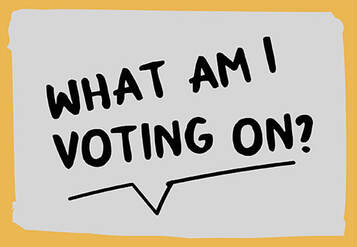 Written By Brad Wood ( Nelson Anglican Diocese) Things to consider ahead of the Cannabis Referendum The draft Cannabis Legalisation and Control Bill to be voted on at the September referendum is publicly available on the government’s website, together with a summary of the key points. This referendum is non-binding and considers the use, sale, growth, supply and distribution of recreational cannabis. The referendum is not about medicinal cannabis; laws around medicinal cannabis use came into effect in April 2020. What is agreed on in respect to cannabis use. Cannabis is the most commonly used illicit drug in New Zealand.(1) New Zealanders are second only to North Americans when it comes to cannabis use globally. (2) Recreational cannabis use causes a range of harms. It is claimed that the main purpose of the Cannabis Legalisation and Control Bill is “to reduce cannabis-related harm to individuals, families/whānau and communities”. These harms include: • Functional changes in the brain, leading to permanent impairment in cognition, which include the ability to learn, remember, concentrate and reason. (3) The resulting educational underachievement increases the risk of unemployment and exacerbates the cycle of social disadvantage. • An association between adolescent cannabis use and the development of psychosis in users that are genetically predisposed. (4) • Detrimental oral, dental and respiratory effects from smoking cannabis. (5) • Psychoactive effects, which alter perception, mood, consciousness and behaviour, that may impact the safety of the user and others in certain circumstances, e.g. driving a motor vehicle, operating machinery. • A criminal conviction for cannabis use, which has serious repercussions for a person’s future, narrowing life opportunities by making it more difficult to get employment, travel and to move into more life-affirming and sustainable social spaces. Levels of such social harm may be disproportionate to an individual’s offending. (6) Harms from a punitive approach to cannabis use also extend beyond the individual concerned, affecting families and communities. It is agreed that criminal sanctions do not deter people from using recreational cannabis. • Biase towards Māori, shown through disproportionate prosecution/conviction rates and the use of Police discretionary powers to not prosecute.(7, 8) Things to consider. • The argument that legalising recreational cannabis will help address the biased rates of prosecution for cannabis related offences toward Māori is misleading. Clearly, reducing prosecution numbers will alleviate some negative impact on Māori, just as it will alleviate that impact for everyone. However, research in jurisdictions that have legalised cannabis, including all 11 jurisdictions of the USA, shows that while the overall number of convictions fall considerably across all demographics, marginalised minority groups are still disproportionately represented in conviction figures. • The draft bill seeks “to reduce cannabis-related harm to individuals, families/whānau and communities”. This is to be achieved by: “eliminating the illegal supply of cannabis; raising awareness of the health risks associated with cannabis use; restricting young people's access to cannabis; improving access to health and social services, and other kinds of support for families/whanau; making sure the response to any breach of the law is fair”. Evidence does not support the argument that the black-market and its associated gang involvement will disappear with the legalisation of cannabis. In Canada and California, government-authorised sellers are unable to keep up with the newly created cannabis demand, and government prices are higher than those of the blackmarket. The range of cannabis products available is greater on the black-market, and the black-market continues to thrive.(9) • The ‘Cannabis Legalisation and Control Bill’ sets the legal age of use at 20 years. The question is, will this guarantee the safety of younger people? Current New Zealand statistics show that half of all New Zealanders with a substance dependence issue are already dependent by the time they are 19 years old. 10 The most common age of first drug use in New Zealand is between 15 and 17 years of age: almost one in five drug users were 14 years or younger when they first tried drugs. (11) Research shows a significant increase in adolescent cannabis-associated emergency department and urgent care visits following legalisation, with greater numbers of young people requiring treatment for acute medical or psychiatric symptoms following cannabis use.(12) • “Raising awareness of the health risks associated with cannabis use” can be done without legalisation. • While the draft Bill states “access to health and social services, and other kinds of support for families/whanau” will be improved, there is no indication how this will be done. • Addressing cannabis-related harms requires more than regulation within a health framework. The NZ Drug Foundation, who advocate for a legalised, regulated cannabis market13 have acknowledged that social factors such as housing, work, economic development and keeping young people in school are significant factors in avoiding involvement with cannabis. (14) Is there another way forward? Cannabis use is widespread and its use causes harm, but is legalisation the best way to address these harms? A constructive way forward may be to take time to explore and publicly discuss decriminalisation of recreational cannabis. Decriminalisation would facilitate the separation of cannabis use from issues of social justice and health, providing space in which the work of peoples’ well-being could be better addressed. The referendum question will ask: Yes, I support the proposed Cannabis Legalisation and Control Bill No, I do not support the proposed Cannabis Legalisation and Control Bill A “No” vote to the referendum question followed by public discussion on the decriminalisation of cannabis may be a better way forward. Dr Deborah Stevens and Dr Lynne Bowyer are co-directors of The New Zealand Centre for Science and Citizenship Trust. Further information on Cannabis and the referendum InterChurch Bioethics Council of New Zealand website: http://www.interchurchbioethics.org.nz/wp-content/uploads/2019/05/Legalisation-ofCannabis-Referendum-Resource-Resource.pdf This resource contains discussion questions and activities. An expert panel, which include the Prime Minister’s Science Advisor, has information on what might happen if cannabis is legalised. https://www.pmcsa.ac.nz/topics/cannabis/ A copy of the draft Cannabis Legalisation and Control Bill is available at: https://www.beehive.govt.nz/sites/default/files/2019- 12/Cannabis%20Legalisation%20and%20Control%20Bill.pdf Footnotes: 1 Kiwis World’s Top Cannabis Smokers. NZ Herald June 2012 https://www.nzherald.co.nz/nz/news/article.cfm?c_id=1&objectid=10815874 2 United Nations Office on Drugs and Crime - World Drug Report 2020 https://wdr.unodc.org/wdr2020/field/WDR20_Booklet_2.pdf 3 Dr Richie Poulton, 6 June, 2020 https://www.rnz.co.nz/national/programmes/saturday/audio/2018749540/how-doescannabis-use-affect-new-zealanders-health 4 Richie Poulton, Kirsten Robertson, Joseph Boden, John Horwood, Reremoana Theodore, Tuari Potiki & Antony Ambler (2020) Patterns of recreational cannabis use in Aotearoa- New Zealand and their consequences: evidence to inform voters in the 2020 referendum, Journal of the Royal Society of New Zealand, 50:2, 348-365, DOI: 10.1080/03036758.2020.1750435 5 Ibid 6 Eaqueb, S (2019). Estimating the impact of drug policy options: Moving from a criminal to a health-based model, p.8. Available at https://www.drugfoundation.org.nz/assets/uploads/Cost-benefit-analysis-drug-law-reform.pdf Last accessed 28 June 2019 7 Theodore R, Ratima M, Boden J, Potiki T, Poulton R. 2020. Cannabis, the cannabis referendum and rangitahi Mãori: a lifecourse perspective. Kõtuitui: New Zealand Journal of Social Sciences. doi:10.1080/1177083X. 8 Boden J. Cannabis: what you need to know 2018 https://www.otago.ac.nz/otagomagazine/issue47/opinion/otago696401.html 9 Kevin Sabet and Will Jones. Marijuana Legalisation in the United States: A social Injustice. https://scholarship.law.upenn.edu/cgi/viewcontent.cgi?article=1060&context=jlpa p.19. 10 https://www.drugfoundation.org.nz/info/schools/students-drugs-and-alcohol/ 11 http://riskgroup.co.nz/Drug_Dogs/Schools.html and Note the term ‘drugs’ here – not specifically cannabis. 12 G.S. Wang, S.D. Davies, L.S. Almo, A. Sass, R.D. Mistry. ‘Impact of Marijuana Legalisation in Colorado on Adolescent Emergency and Urgent Care Visits’. Journal of Adolescent Health (2018). https://www.jahonline.org/article/S1054- 139X(18)30004-1/fulltext. 13 https://www.drugfoundation.org.nz/assets/uploads/2019-uploads//STON-2018.pdf 14 Briefing to the Incoming Parliament 2017. New Zealand Drug Foundation. https://www.drugfoundation.org.nz/policyand-advocacy/briefing-to-the-incoming-parliament/ Rev. Dr Graham O'Brien spoke at Nativity at an open meeting on Saturday evening ( August the 1st) and will be speaking at Nativity at 8 &10 am on August the 30th on Compassion and End of Life. The recording of the meeting on Saturday will be posted here when available. Below are Grahams' answers to 10 most frequently asked questions regarding the EOLC bill some further information to share with family and friends around the referendums we have coming up just next month can be found at: https://nelsonanglicans.com/resourcesblog/endoflifechoiceact. 1) What is euthanasia/assisted suicide/assisted dying and what is already legal in NZ? Assisted dying in the EOLC Act is where a medical practitioner either administers (ie euthanasia), or gives to a patient to take themselves (ie assisted suicide), a drug to be injected or taken orally that causes death due to the drug’s toxicity. Already legal and supported by medical staff in NZ are: removal of life support; advance care directive for non-resuscitation; refusal of treatment, medicines, food and water by a patient; and palliative sedation as part of pain relief that doesn’t cause death itself but might hasten death by the terminal illness. 2) What is the problem that assisted dying is thought to solve? The most common reasons for requests for assisted dying reported in other countries stem from mental suffering and fear of loss of enjoyment of life, lack of support, loss of dignity, being a burden on family, as well as the physical process and potential pain of dying. A perception that most people die in terrible physical pain is incorrect. Depression is also a common response when coming to terms with terminal illness, affecting a person’s view of living. The practice of palliative care has methods for alleviating the mental suffering as well as treating the physical symptoms experienced during the end of life. Reversal of requests has been reported when more support has been given to patients and families, including education of what happens during dying. 3) How good is palliative care in NZ? Palliative care ‘intends neither to hasten or postpone death’ (WHO) and aims holistically to help those with life-limiting illness to live as fully as possible up until their death. Pain relief is only one part of palliative care - there is always something a palliative care practitioner can do to relieve pain and suffering. NZ palliative care is highly regarded internationally. However, the NZ government funds only some of the cost of palliative care, the rest must be raised by communities, and there is uneven access to best practice palliative care in homes, community clinics, hospitals, and hospices of different regions. Additionally, medical training for palliative care is much less than for beginning of life medicine, and NZ public education and discussion does not happen enough for death to be approached without fear. The NZ Palliative Council, NZ Medical Association, Hospice NZ, NZ Palliative Care Nurses and Australian/NZ Society of Palliative Medicine each do not support legalisation of euthanasia or assisted suicide. 4) The End of Life Choice Act – how does it work? An eligible person must be over 18 years, have a terminal illness that will likely end their life within 6 months, and is experiencing unbearable suffering that can’t be relieved in a manner they consider tolerable. A person must first ask their doctor to assist them to die. If the doctor agrees to participate, they make a prognosis, check the person knows what euthanasia means and entails, checks there is no pressure by others, and encourages the patient to speak to family or friends if they wish to do so. The doctor signs a registration form to be sent to the SCENZ (Support and Consultation for End of Life in NZ) group which has a second independent doctor review the application. If the initial doctor conscientiously objects to assisted dying, they must refer the patient to SCENZ to arrange two doctors. A psychiatrist may be asked to check the patient’s files for competency to request euthanasia. Application forms signed by the doctors are sent to the assisted dying Registrar, who lets the patient know of the outcome. The patient decides with their doctor the timing and place of dying, and the doctor informs the Registrar at least 48 hours before that time. After the patient has been euthanised, the doctor informs the Registrar, and files a death certificate noting causes of death (original illness and assisted dying) with Birth, Death, Marriages and Relationships. An End of Life Review Committee will assess death reports, oversee any follow up actions, and evaluate the EOLC Act after 3 years. 5) What are the safety concerns about the EOLC process? The main concern is the lack of detail about safeguards in this Act. (A similar law for assisted suicide in Victoria, Australia, written in consultation with many professionals, is four times as long to include enough detail.) The lack of safeguards in the EOLC Act includes: a participating initial doctor has to ‘do their best’ to determine competency and lack of coercion, both very difficult to do without a longstanding relationship with the patient; only patient competency is considered, but not physical and mental states such as depression that might affect a patient’s judgement; there is no review of family over- or under- involvement; the same doctor decides eligibility, carries out the euthanasia, is the witness and the reporter, therefore not safeguarding the patient or the doctor; it is possible for euthanasia to be carried out 3-4 days from request, other countries give much longer for a cooling down period/change of mind; there is no review process to assess standards of practice throughout the country, as happens for other Acts such as the Mental Health Act; regulations for recording assisted dying are lacking – there is no data recorded about the reason of request, ethnicity, other available options, socioeconomic aspects, and with no right to question doctors involved, the 3-year review has little information to assess. 6) Which countries have assisted dying legislation, and which have rejected it? Countries with legal assisted dying include the Netherlands, Belgium, Luxembourg, Canada, 9 states in the USA, and 2 states in Australia (Western Australia and Victoria). More than 30 countries have rejected legalisation of assisted dying including the United Kingdom, 26 USA states, and New South Wales, Australia. 7) Has the expansion of eligibility ‘slippery slope’ really happened in other countries? There are several examples of other countries that have started off with similar legislation to the EOLC Act, then have proceeded to widen eligibility. The Netherlands has allowed euthanasia since 2002 for competent patients over 18 years old who were suffering, and now allows euthanasia for those not competent to decide, advanced care directives for patients who are not competent, children 16-18 years with parents notified, 12-16 years with parental permission, mental illnesses such as depression and anorexia, and euthanasia for newborns. A Completed Life Bill is currently being debated, allowing those over 70 years to request euthanasia regardless of health. Over 80% of Dutch people support current euthanasia laws. Canada legalised medical aid in dying (euthanasia and assisted suicide) in 2016 for competent people with terminal illness. Eligibility has widened quickly to include non-terminal illness, advance care directives to override a patient’s final wishes, and some children’s hospitals are currently preparing for legalisation of euthanasia for children. A quarter of the initial doctors volunteering to provide euthanasia have stopped doing so. Quebec has in July 2020 proceeded to remove foreseeable death as a criterion for eligibility, removed cooling off and wait periods, reduced number of witnesses required, and will now allow advance care directives for euthanasia. In Belgium, assisted dying was legalised in 2002, and since 2014 the law has extended to euthanasia regardless of age (in 2016-17 children aged 17, 11 and 9 were euthanised). The majority of requests have shifted from being made mostly at the last stages of life to now happening at the first oncologist consultation. One in twenty medical practitioners have reported trauma from delivering euthanasia. Oregon, USA, reported that 65% of assisted dying uptake in their state were by people on low incomes. Reasons for requesting were 90% life not enjoyable, 59% being a burden, 33% pain. Similarly, in Washington State in 2018, 51% of those requesting assisted suicide gave the reason of not being a burden on friends and family compared to 38% pain. Recent reports have been made of an Oregon health insurance company refusing cancer treatment costs but offering euthanasia costs. Seen together, evidence from these countries show a trend emerging of eligibility for euthanasia expanding, and moving from being socially accepted, to becoming normalised, with the danger of becoming expected. 8) What does the disabled community in NZ say about the EOLC Act? The disability sector in NZ is strongly opposed to the EOLC Act. A quarter of New Zealanders have a disability, including 60% of those aged over 65 years. Life choices for disabled people are more limited than for those without disability, underlining the need for more support for disabled people to live well. Overseas, the main reasons for requests for euthanasia by disabled people are loss of independence, lack of participation in the community, loss of control and being a burden on others – each of these reasons can be relieved by more support. Allowing assisted dying without improving disability funding will offer a very limited choice to disabled New Zealanders. A choice that shows itself to be ableist and ageist does not sit well in a compassionate society. 9) What do NZ medical practitioners think of the EOLC Act? The New Zealand Medical Association (5000 doctors) does not support euthanasia or doctor-assisted suicide, regarding euthanasia as unethical and harmful to vulnerable people and society, and changing the trust of the doctor-patient relationship. They regard the EOLC Act as unsafe and flawed. Medical diagnoses are sometimes wrong, and prognoses estimating the likely time-course of illnesses can at best be an estimate – most doctors would not want someone to decide on euthanasia due to a prognosis of 6 months left to live. Unlike other euthanasia laws, full non-participation of a doctor is not an option in this Act, as the initial doctor still has to refer a patient to SCENZ. 10) How did this EOLC Act get to be a referendum vote? David Seymour’s EOLC Bill was drawn as a ballot, with MPs voting 76 for, 44 against in the first reading in Dec 2017. The Bill then went to a Justice Select Committee which received almost 40,000 public submissions (92% against) from groups and individuals, including doctors, nurses, hospices, psychiatrists, disabled, Muslims, churches, euthanasia groups both for and against, and ethics groups. The Justice Select Committee reported back to Parliament in 2019, without deciding on many of the substantial issues, instead leaving Parliament to make changes to the Act for further readings. The second reading of the Bill passed 70 for, 50 against. Parliament then submitted amendments to be discussed; those amendments agreed upon limited the eligibility to people likely to have less than 6 months to live (a Green Party requirement), and for the Act to be enacted by a binding public referendum (a NZ First Party requirement). In 2019 the final reading passed (69 for, 51 against), the Bill became an Act requiring the 2020 public referendum. This Act is unusual in that amendments were drafted in Parliament rather than by lawyers, and is enacted by a public referendum to decide whether it becomes law without further discussion and amendment. 11) What then is most compassionate and caring? Some people with terminal illnesses have said that having euthanasia available would give peace to the few people needing it. However, other terminal illness survivors have been glad they hadn’t been able to take the euthanasia option prematurely, having outlived their prognoses and been given more support. Groups of people who might become eligible such as those with disability and the elderly, have expressed vulnerability and feeling less valued because of potential eligibility for euthanasia. What is more compassionate; journeying with someone giving them support to live their last days well, or helping them end their life quickly? A blurry line exists between advocating against suicide in NZ, for which we are known to have a problem, and supporting someone to choose euthanasia. An EOLC process needs to have strong safeguards in place, with enough legal detail of support for people to choose not to have euthanasia as for people to choose euthanasia. People need to be given as much support to live well as the support given to die for a choice to be regarded as compassionate. 12) What happens if NZ votes yes? The voter is being asked to vote on passing the End of Life Choice Act, not just voting on agreement with the concept of euthanasia. The EOLC Act is all ready to be enacted into law if the referendum vote is passed; no further discussion or amendments of the Act will be made. It is our choice then to decide if the potential benefit from the Act to a few outweighs the potential risks to many. Given the lack of safeguards in this Act, the experience of other countries, and how we aim to care for all people in our New Zealand communities, this vote also needs your care. |
Categories
All
Archives
July 2024
|
||||||||||||||||||||
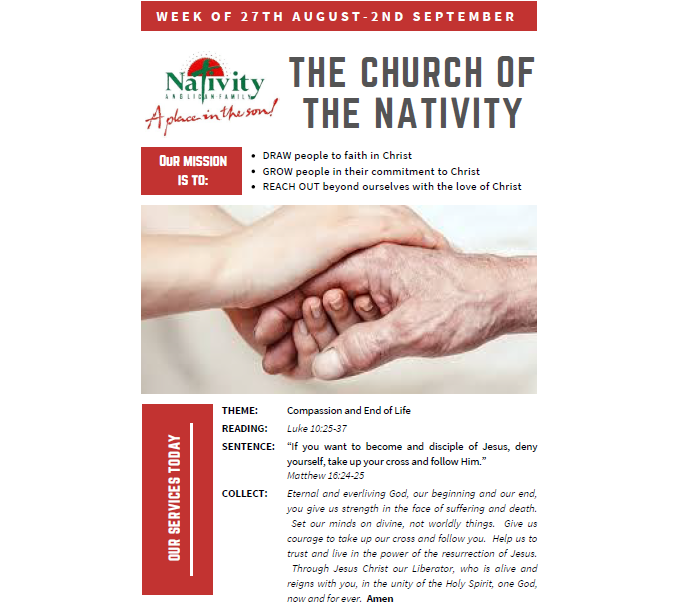
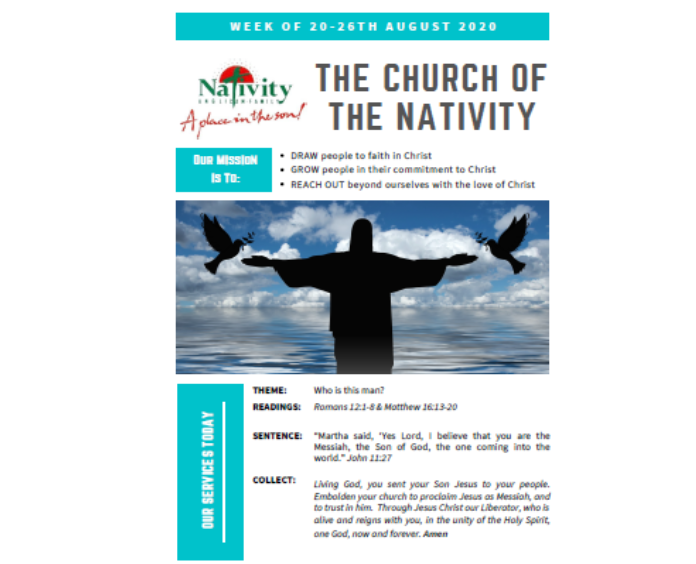
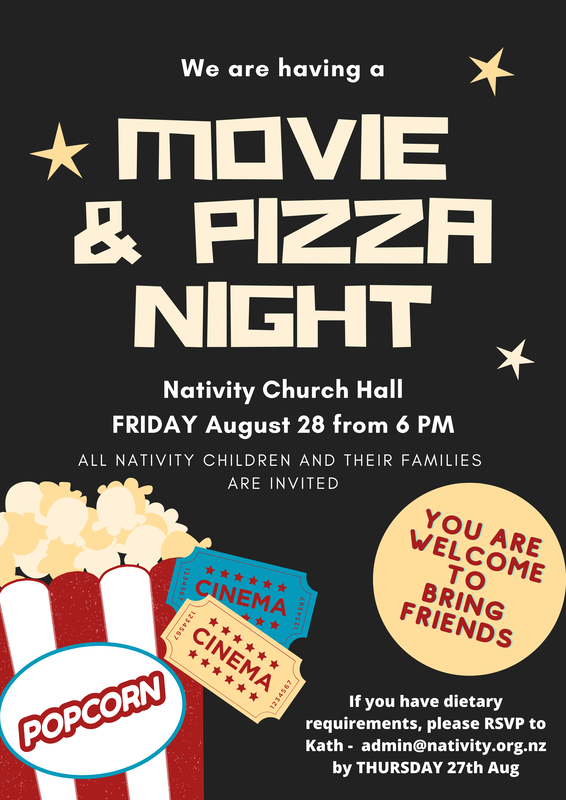
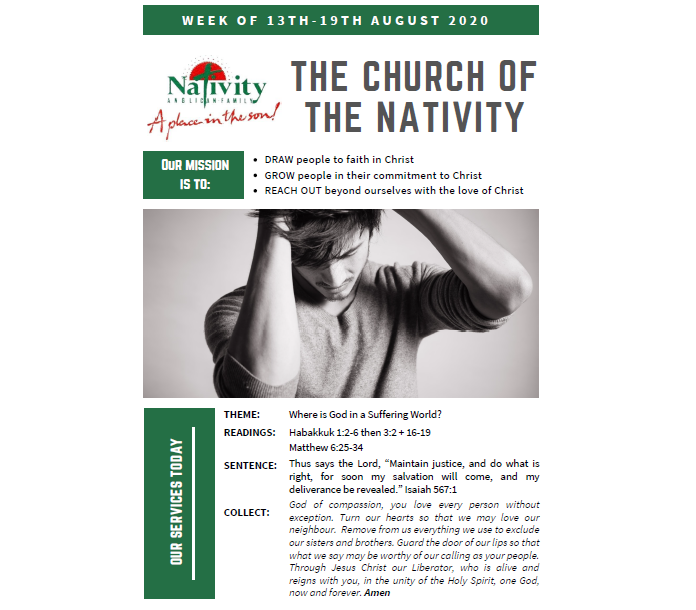
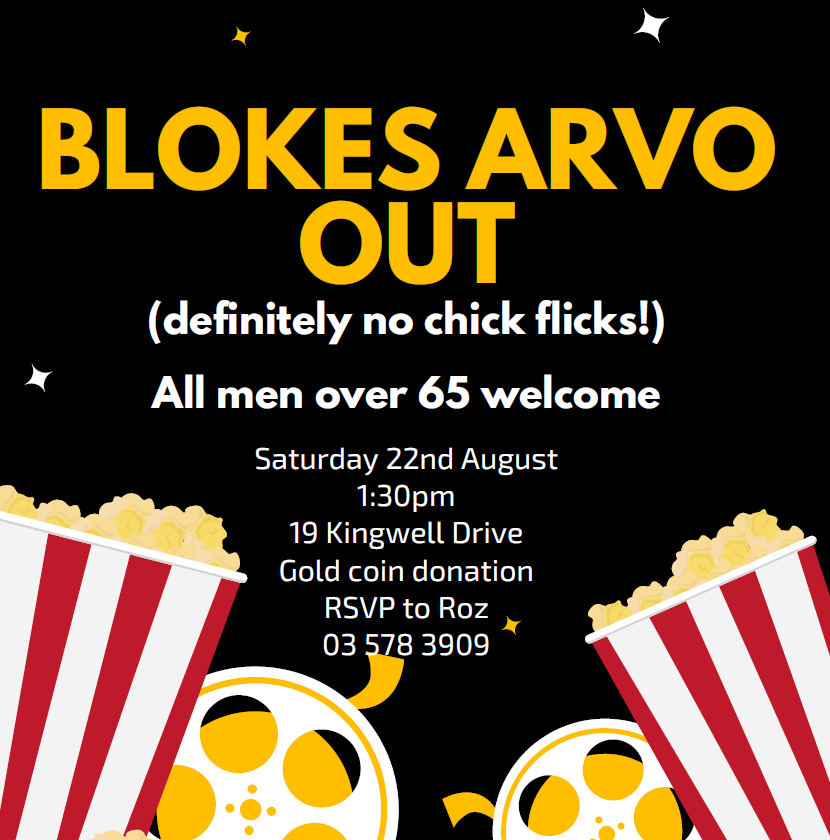
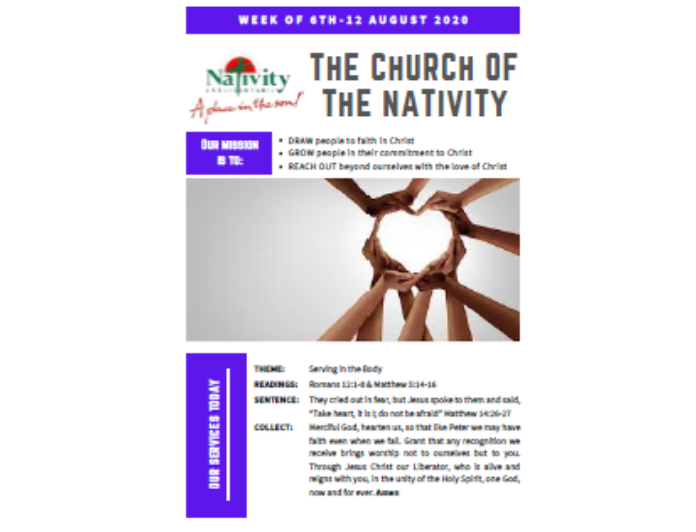
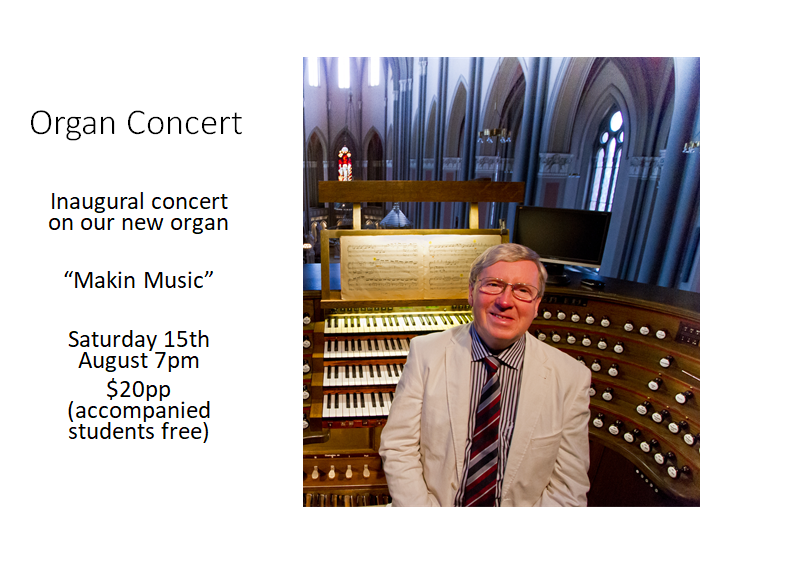
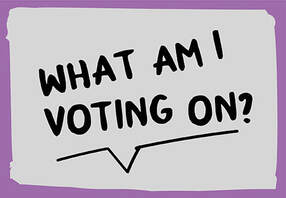
 RSS Feed
RSS Feed